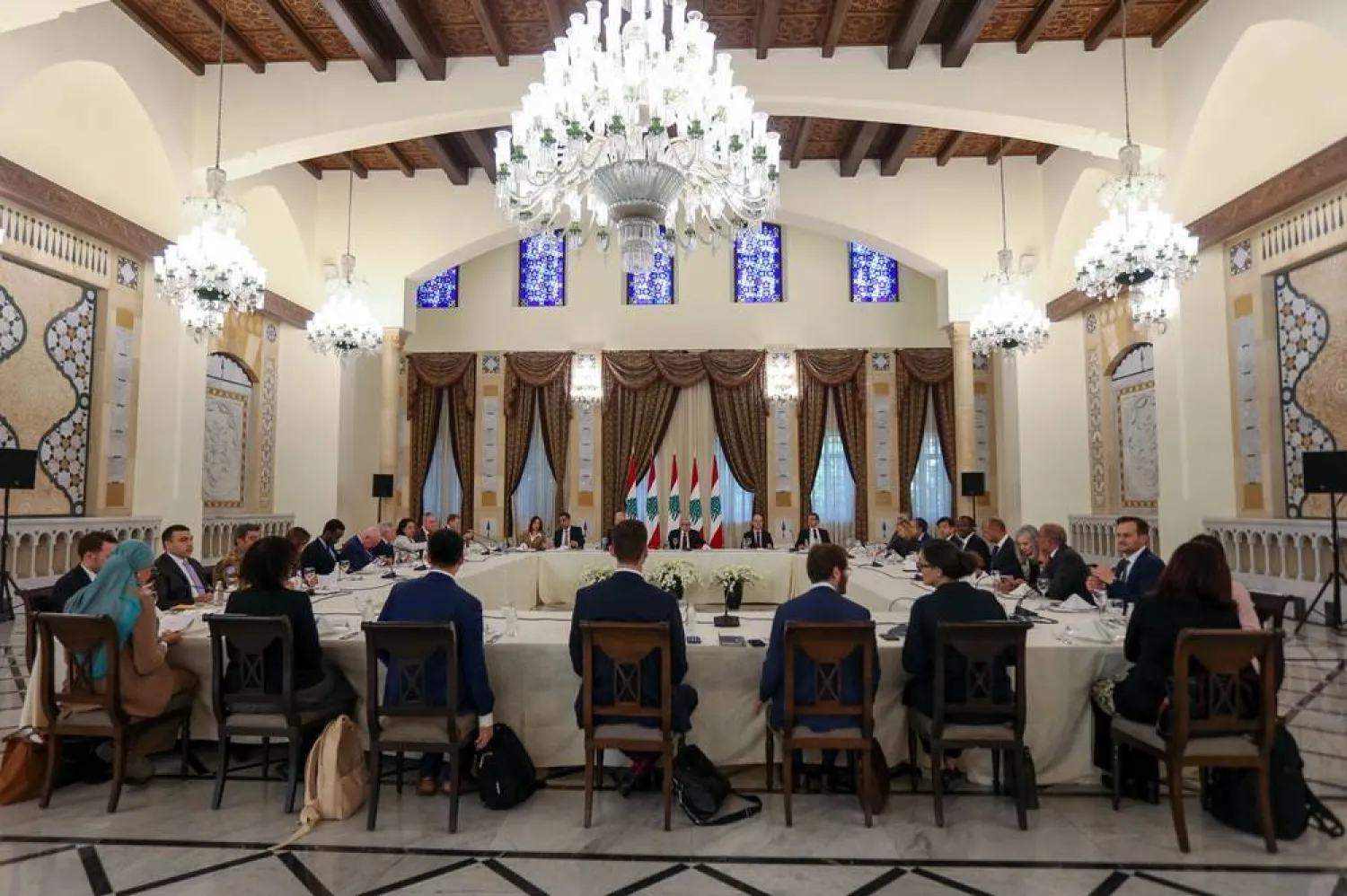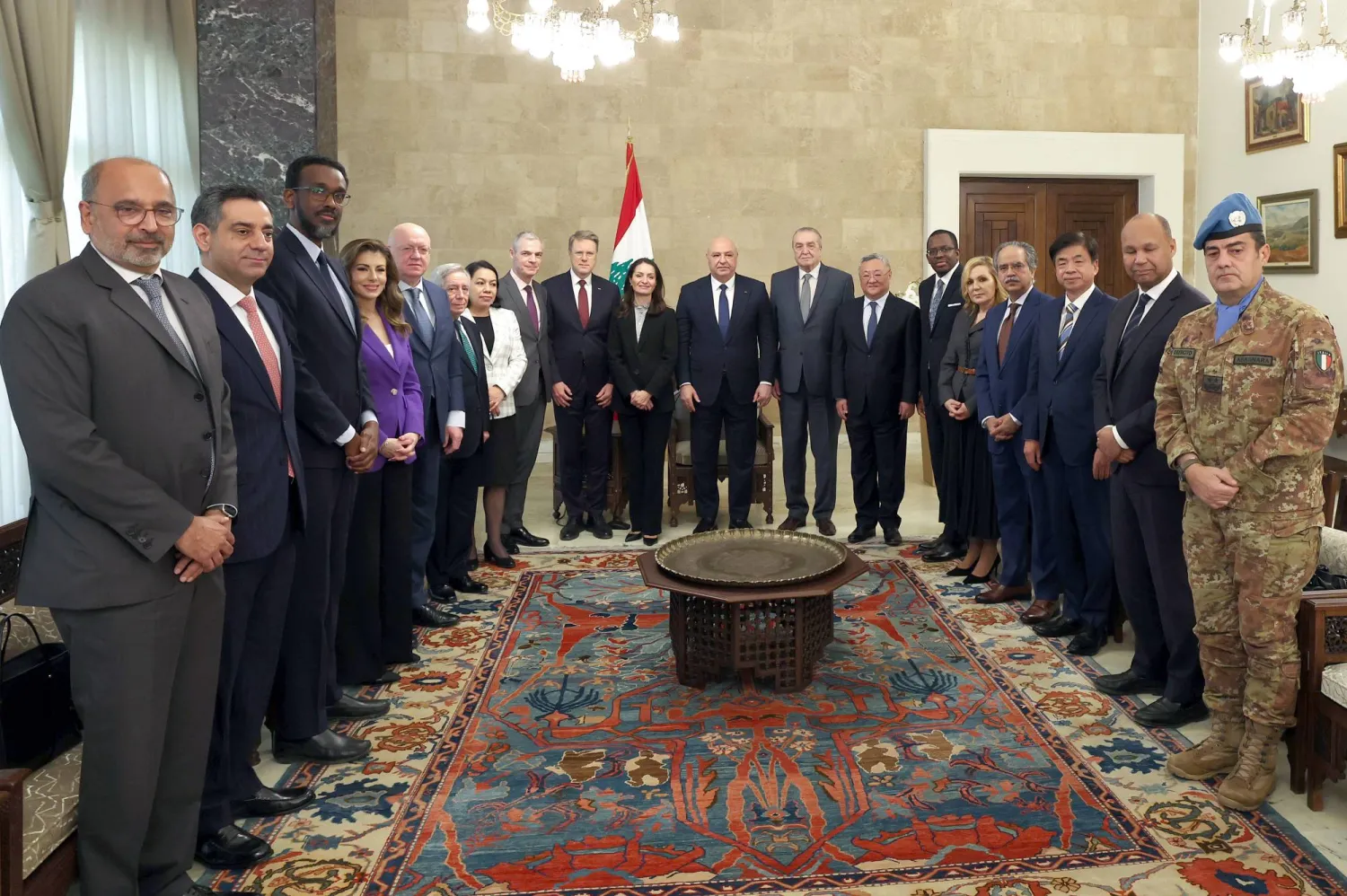The US needs to keep troops deployed in Syria to prevent the ISIS group from reconstituting as a major threat following the ouster of Bashar Assad's government, Defense Secretary Lloyd Austin told The Associated Press.
American forces are still needed there, particularly to ensure the security of detention camps holding tens of thousands of former ISIS fighters and family members, Austin said Wednesday in one of his final interviews before he leaves office.
According to estimates, there are as many as 8,000-10,000 ISIS fighters in the camps, and at least 2,000 of them are considered to be very dangerous.
If Syria is left unprotected, “I think ISIS fighters would enter back into the mainstream,” Austin said at Ramstein Air Base in Germany, where he traveled to discuss military aid for Ukraine with about 50 partner nations.
“I think that we still have some work to do in terms of keeping a foot on the throat of ISIS," he said.
President-elect Donald Trump tried to withdraw all forces from Syria in 2018 during his first term, which prompted the resignation of former Defense Secretary Jim Mattis. As the Hayat Tahrir al-Sham group, or HTS, advanced against Assad last month, Trump posted on social media that the US military needed to stay out of the conflict.
The US has about 2,000 troops in Syria to counter ISIS, up significantly from the 900 forces that officials said for years was the total number there. They were sent in 2015 after the militant group had conquered a large swath of Syria.
The continued presence of US troops was put into question after a lightning insurgency ousted Assad on Dec. 8, ending his family’s decades long rule.
US forces have worked with the Kurdish-led Syrian Democratic Forces on operations against ISIS, providing cover for the group that Türkiye considers an affiliate of the Kurdistan Workers’ Party, or PKK, which it identifies as a terror organization.
The Syrian transitional government is still taking shape, and uncertainty remains on what that will mean going forward.
The SDF “have been good partners. At some point, the SDF may very well be absorbed into the Syrian military and then Syria would own all the (ISIS detention) camps and hopefully keep control of them,” Austin said. "But for now I think we have to protect our interests there.”
US Troops Need to Stay in Syria to Counter ISIS, Austin Says

FILE - US Secretary of Defense Lloyd Austin makes a speech at Diplomatic Academy of Ukraine in Kyiv, Ukraine, Monday, Oct. 21, 2024. (AP Photo/Efrem Lukatsky, File)

US Troops Need to Stay in Syria to Counter ISIS, Austin Says

FILE - US Secretary of Defense Lloyd Austin makes a speech at Diplomatic Academy of Ukraine in Kyiv, Ukraine, Monday, Oct. 21, 2024. (AP Photo/Efrem Lukatsky, File)
لم تشترك بعد
انشئ حساباً خاصاً بك لتحصل على أخبار مخصصة لك ولتتمتع بخاصية حفظ المقالات وتتلقى نشراتنا البريدية المتنوعة







